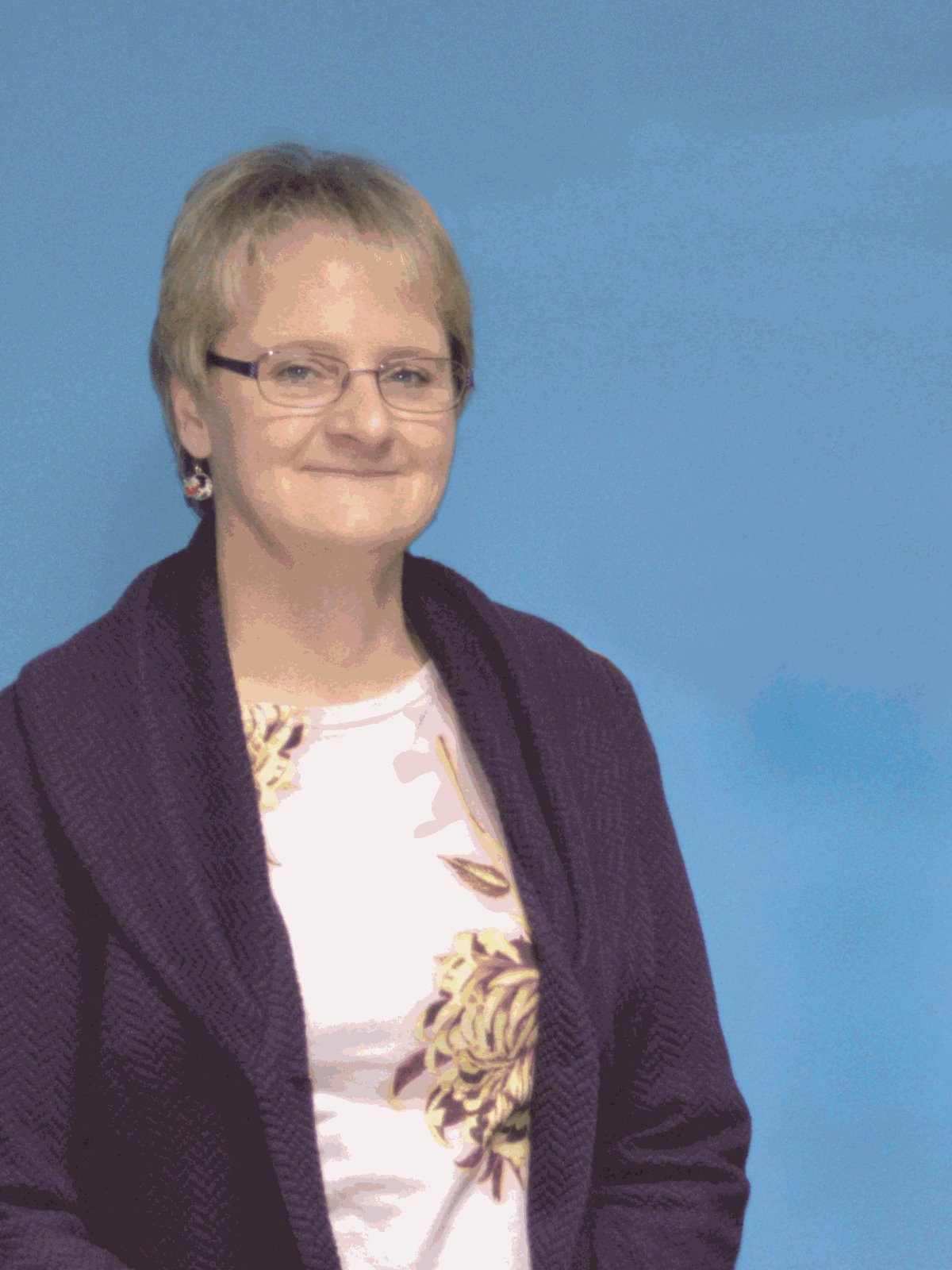The Sir Mike Richards report, Diagnostics: Recovery and Renewal published in October 2020, recommends that to meet the growing demand for diagnostic imaging we need 2,000 more radiologists and 4,000 more radiographers, with significant expansion in Assistant Practitioners (APs), and other support workers.
The four tier structure builds on the premise that underpinning registered practice is a foundation occupied by the AP and supported by radiology support workers (RSW). The RSWs perform a wide range of tasks helping patients on every step of the pathway. APs, although not registered practitioners, have a high level of skill in a particular area of clinical practice through their experience and training. They perform limited examinations within a defined scope of practice under the direction of a registered radiographer. APs in radiography can apply for accreditation with the College of Radiographers.
Breast screening was the first service to develop a four tier structure of radiographic practice defining the assistant practitioner, radiographic practitioner, advanced and consultant radiographer practitioner roles. The outcome report in 2003, also by Sir Mike Richards, recommended that services adopt the model across all four tiers. We now refer to this model as the career progression model.
The SoR's vision has always been that an RSW can join the NHS and work their way up through the tiers to registered practitioner, opening the door to a career in radiography. The SCoR Education And Career Framework, and other professional body guidance documents, clarify and define practice levels. However there is much local variation. The SoR will publish in 2021 a revised Education and Career Framework to support members in their career development.
Successfully implementing the career progression model has been challenging. For RSWs there is little standardisation between employers, making transfer between departments difficult. The education available for support workers is inconsistent, with some regions having better access to education programmes than others. There is no guarantee that the education provided will support progression to the next step on the ladder. The original goal of advancement to a registered radiographer is not clear, and often impossible to achieve at the local level.
For an AP to become a radiographer, they must achieve a BSc (Hons) degree in radiography. Until very recently this has meant the AP must become a full-time student on a traditional degree programme, either giving up their paid role or struggling to juggle work with study. The original AP qualification may or may not meet a university's entry requirements, meaning that they may also have to complete a bridging programme. The added burden of university fees now also applies.
In 2019 a Diagnostic Radiographer (Integrated Degree) apprenticeship became available. Despite some initial challenges with the level of tariff assigned, the apprenticeship standard is in place, and an alternative pathway is developing to become a registered radiographer. We anticipate this route will grow and become a realistic prospect for career development, allowing those already employed to earn and learn.
The SCoR has pursued a long campaign to raise awareness of the challenges faced in developing and growing the support workforce. We seek backing for a system that allows for quality service delivery and lets support workers move between departments and up the career ladder.
Along with other Allied Health Professional (AHP) bodies, SCoR is working on a document and resources describing how our support workers contribute to services and crucially why they should be considered separately to nursing and midwifery support workers. We will promote this to our services, stakeholders and support workforce through our website and other media in Spring 2021.
All of this work leads us to the start of an exciting project funded and led by Richard Griffiths on behalf of Health Education England (HEE). The output will be transferrable to roles across the UK. SCoR members including support workers will provide an expert panel. Specialist radiographic adviser Penny Owens, an experienced lead radiographer and previously AHP lead at University Hospitals of Derby and Burton NHS Foundation Trust, will support us through the project to deliver a competency framework for the diagnostic radiography support workforce. We will clarify roles and responsibilities for each level of practice alongside education requirements. We aim to have something to share by the end of March 2021. The next phase, which is not yet fully agreed, is to seek support to develop the education and training that underpins the framework.
If you want to share your thoughts on this work or seek more formal involvement through consultation processes please contact [email protected], [email protected] or [email protected]. We are particulary keen to hear from those in support worker roles who might want to join our expert group or share their experiences.
We hope to have the opportunity to influence a bespoke radiography pathway using the apprenticeship scheme in England to develop staff. This applies to all levels of practice from assistant roles through to enhanced and advanced clinical practice apprenticeships.
For the first time in my career, there might be a robust and funded career pathway from support worker to radiographer, helping to boost those much needed radiographic numbers referred to in the Richards report.
